Providing Health and Safety information and training helps ensure that everyone working for you knows how to perform their tasks safely and without risk to health. It develops a strong safety culture, reduces accidents and illnesses, and ensures you meet your legal duty of care.
Effective HSE training also boosts productivity, minimizes downtime, and protects your organization from the financial and reputational costs of workplace incidents.
Providing Health and Safety training ensures your team works safely, builds a strong safety culture, and meets legal requirements.
It also boosts productivity, reduces downtime, and protects your business from costly incidents.

Proven Risk Management

Hawk International Pakistan utilizes the skills of Expert HSE professionals & Engineers throughout the development and consultation processes. Our extensive knowledge of developing assessments, and certifying qualifications demonstrate our expertise in collaboration with IOSH-UK (Certification Body) / AOSH-UK (Certification Body).
At Hawk International Pakistan, we offer industry-specific HSE training and consultancy designed to ensure compliance, reduce risk, and promote a safe working environment. Our expert team delivers tailored safety strategies, audits, and risk assessments to help your organization meet local and international standards with confidence.
Certified programs designed to empower your workforce with safety knowledge and practical on-site risk control techniques.
Tailored safety solutions by experienced professionals to ensure full compliance and reduce workplace hazards.
Expert guidance and documentation to help you meet ISO standards and pass audits with confidence and ease.
At Hawk International Pakistan, we combine industry knowledge with certified safety practices to deliver impactful, compliant, and customized HSE solutions tailored to your operational needs.
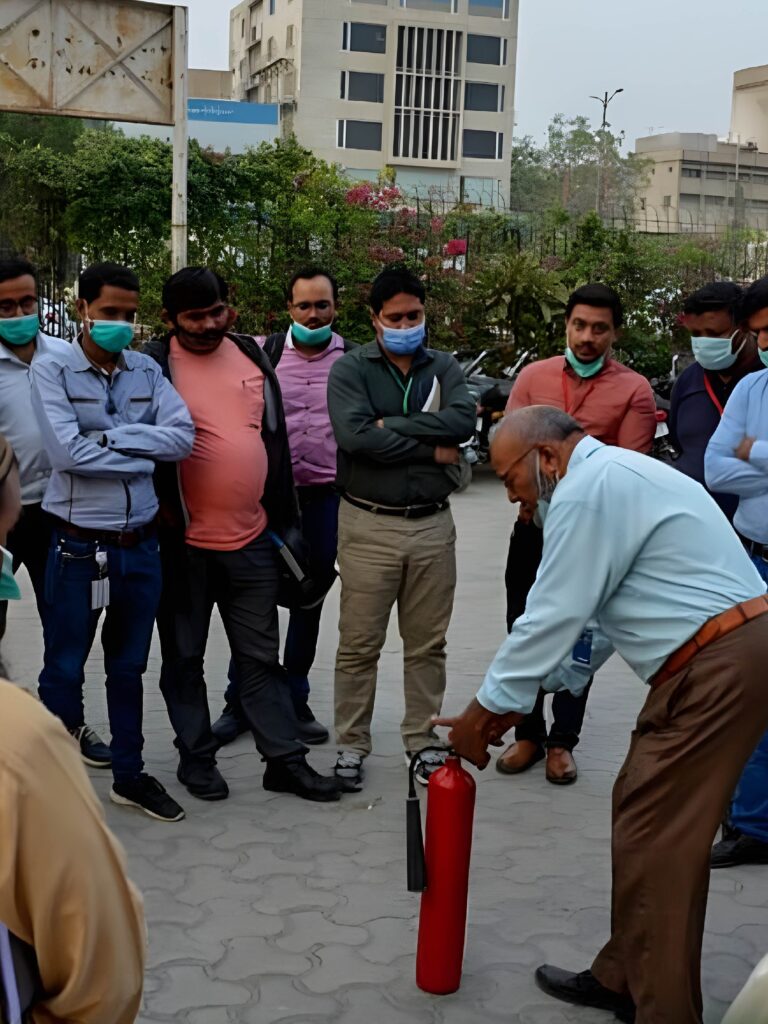
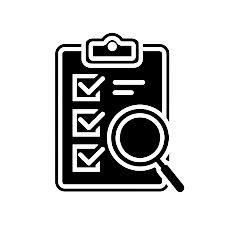
Certified learning spaces with expert-led sessions, tailored content, modern tools, and real-world safety drills! Practical insights delivered, results ensured — your safety starts here.
Includes certified programs like:
IOSH – Managing Safely
AOSH UK – Master Trainer / Train the Trainer
First Aid, Fire Safety, CPR & AED
Work at Height, Confined Space Safety
Approved by AOSH-UK & IOSH
Services offered include:
Workplace Risk Assessments
Fire, Electrical, and Construction Safety
HAZOP, QRA, SIL, PHSER
Development of HSE Plans & Emergency Procedures
We provide support for:
ISO 9001, 14001, 45001 Implementation
Audit Preparation & Gap Analysis
Full documentation & consultancy until audit completion
Expertise built on compliance, trust shaped by results, and safety delivered through global standards. Our team ensures success from start to certification — every step secured.
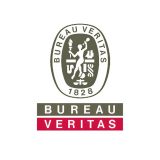
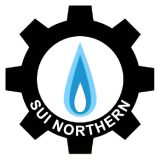


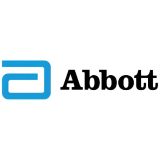


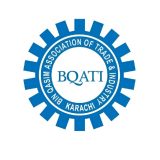


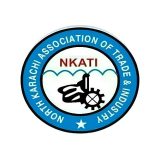

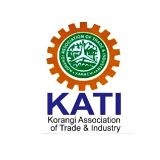
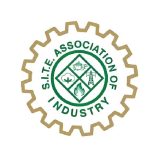

















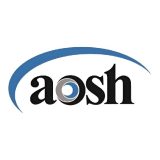
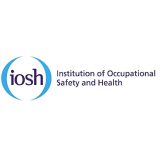

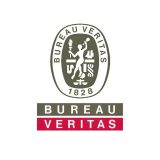
Copyright © 2025 Hawk International. All rights reserved. Powered by Circle six.
Learn risk assessment principles and best practices for identifying, analyzing, and managing organizational risks.
Understand the framework for establishing an information security management system to protect sensitive data.
Training on occupational health and safety management systems to reduce workplace incidents and improve safety culture.
Learn to implement an energy management system to improve energy efficiency and reduce operational costs.
Gain knowledge on Customs-Trade Partnership Against Terrorism to secure the international supply chain.
Training on environmental management systems to improve sustainability and reduce environmental impact.
Learn ISO 13485 requirements for implementing and maintaining a quality management system for medical devices.
Comprehensive training on food safety management systems to ensure compliance with international food safety standards.
Training on implementing and maintaining a quality management system that enhances operational efficiency and customer satisfaction.
Understand ISO 10002 standards to manage customer complaints effectively and improve service quality.
Learn the correct use of fall protection systems and preventive measures to ensure worker safety at heights.
Covers safety measures, risk assessments, and best practices to prevent accidents on construction sites.
Learn techniques for monitoring environmental quality, pollution control, and regulatory compliance.
Comprehensive training on security measures, risk assessment, and emergency response for organizational safety.
Basic training on mine safety protocols, hazard control, and emergency response to ensure miner protection.
Training on proper food handling, hygiene practices, and auditing techniques to ensure food safety compliance.
Learn to design workspaces and tasks that improve comfort, productivity, and reduce musculoskeletal injuries.
Covers workplace ergonomics, emergency preparedness, and preventive measures for a safer office environment.
Techniques to manage workplace stress, improve mental health, and enhance overall productivity.
Understand safe storage, handling, and usage of flammable substances to reduce fire and explosion risks.
Learn safe excavation practices, hazard identification, and protective measures to prevent site accidents.
Training on safe installation, handling, and maintenance of photovoltaic and solar energy systems.
Enhance observational skills to identify unsafe behaviors and conditions, supporting proactive workplace safety management.
Learn techniques to monitor and control chemical and physical exposure, ensuring worker health and safety.
Develop skills to respond effectively to oil spills, minimize environmental damage, and follow safety protocols.
Training on disaster risk reduction, emergency preparedness, and response strategies to minimize damage and save lives.
Understand the importance of hearing conservation and learn to implement protective measures in noisy work environments.
Training on health guidelines, preventive measures, and continuity strategies to maintain operations during pandemics.
Learn systematic methods to identify hazards, assess risks, and implement effective control measures in the workplace.
Comprehensive training on Hazard Analysis and Critical Control Points to ensure food safety, hygiene, and quality standards.
Training on safe handling and control of hazardous substances to protect workers and maintain regulatory compliance.
Understand workplace hazards and learn effective control measures to minimize risks and ensure safety compliance.
Learn proper waste segregation, handling, storage, and disposal techniques to protect health and the environment.
Training on safe lifting techniques, equipment handling, and operational planning to prevent accidents during lifting activities.
Develop inspection and auditing skills to identify workplace hazards, ensure compliance, and maintain high safety standards.
Learn safe handling, packaging, and transportation of hazardous materials in compliance with international safety standards.
Gain the skills and confidence needed to conduct professional training sessions, ensuring effective knowledge transfer to participants.
Hands-on training on fire prevention, detection, and suppression techniques, including the use of advanced firefighting equipment.
A globally recognized course designed to equip managers and supervisors with the knowledge to manage workplace safety effectively and comply with health & safety regulations.
Develop advanced training and facilitation skills to deliver high-impact safety and compliance sessions as an AOSH-certified Master Trainer.
Covers essential workplace safety practices, hazard awareness, and preventive measures to create a safe and secure work environment.
Training on developing and implementing effective evacuation strategies to protect lives during emergencies and disasters.
Learn effective lockout/tagout procedures and safe energy isolation techniques to prevent accidents and ensure worker protection.
The main purpose of this Fire Team Leader training is to give fire team leaders and fire marshals knowledge that will enable them to manage fire emergency response teams and coordinate response actions incorporating different types of fire situations and rescue.
This course is geared for the crane operator and the supervisory personnel responsible for the daily operation and safe performance of cranes. The course covers major crane components, safe operating practices, daily checklists, communications, and operator inspections per OSHA, documentation requirements, and hands on demonstrations.
This course contains the underpinning knowledge required for Authorized Gas Testing which are required for those involved in carrying out tests for oxygen and for flammable and toxic gases prior to hot work or work in a confined space; and for those involved in performing safety watch duties for hot work activities. This course will help you understand how, when and where to carry out the necessary gas tests prior to confined space entry activities.
Drivers who have taken this training instinctively anticipate dangerous situations and are better able to avoid risks that may occur. This training can even help you to be aware of how other drivers may react and avoid a possible collision. Typically, defensive driving teaches people how to be responsible and careful drivers who will avoid accidents and not be the cause of them.
The Forklift Training Course is designed to cover the current safety training requirements found in the standards for Powered Industrial forklifts. The training is intended to cover forklift safety rules and regulations for different types and classifications of Powered Industrial forklifts. This will help you become a qualified Powered Industrial (Forklift) operator — an operator who has the knowledge and skills to operate a Powered Industrial forklift in a safe and professional manner.
Confined spaces include, but are not limited to, tanks, vessels, silos, storage bins, hoppers, vaults, pits, manholes, tunnels, equipment housings, ductwork, pipelines, etc. The aim of the training is to provide candidates with the necessary knowledge of the hazards for working in confined spaces, safe use of tools and equipment, control of hazards and developing an emergency procedure..
This course will give you a basic understanding of the common causes of dropped objects, their potential consequences and how these can be prevented. The knowledge gained in this course will help you to stay safe in your day-to-day activities and protect yourself, your colleagues and your asset from dropped objects. It will also outline the responsibilities that you and your employer have for preventing dropped objects..
Life-Saving Rules are most effective techniques for preventing fatalities. They have proved effective due to their simplicity, relevance, and practicality. A key benefit of using the LSR is standardization or uniformity in application – having everybody with the same understanding of these simple and clear actions aimed at preventing fatal injuries during higher-risk activities.
A permit to work system ensures that tasks which are particularly high risk are only undertaken with specific permission from an authorized manager, such as working in confined spaces or working with particularly dangerous chemicals and hazardous substances. Permit to work training is imperative for all of those who are involved in particularly high risk activities at work.
This course provides an overview of the hazards involved in working at height, and an awareness of how these are assessed and controlled. Working at Height training course helps you to comply with the Work at Height Regulations by providing employers and employees with the necessary information needed to be able to successfully deal with working at height risks and control measures.
This course is designed to train personnel in identifying, controlling and preventing fires in the workplace by teaching correct operations and procedures to control and extinguish a fire.
This Course emphasizes the laws applied to fire prevention, including fire safety requirements for industry, solving technical problems encountered, recognition of hazards, prevention of fires and inspection techniques. Special attention is applied to life safety from fire in the home, school, public assembly, and all other places where people are assembled and endangered by fire.
An introduction to electrical safety and NFPA 70E, working while exposed To electrical hazards, electrical hazard analysis, Personal Protective Equipment (PPE), and safety-related maintenance and special equipment are covered in other modules in the series. This course is based primarily on NFPA 70E Article 120..
This highly-interactive Contractor Safety Management training course will provide you with all the necessary skills and talents to successfully appoint a contractor and manage them with confidence to ensure their health and safety performance will be of the highest quality. Contractors must be informed, assessed and monitored in a variety of ways to ensure their performance does not have a costly negative impact on your business..
Although Crane Operators are in control of the crane, the signalmen help guide them through Rigging & Hand Signaling. Because this role is so important, Local Legal Legislation/ OSHA requires safety training. Our Rigging & Hand Signals Training meets this requirement adequately.
This training will enable the delegates to understand the significant elements of process safety. Focus is on engineering plan characteristics of process safety management and it will emphasize the safeguarding features of processing equipment inside the plan. Analysis and mitigation process safety hazards techniques will be assessed..
Hazard and Operability Study, is a well known hazard analysis tool used for risk assessment and mitigation. It is considered an important part of Process Safety Management and HSE risk assessment of plants and facilities. It is a highly structured and systematic method, to identify all hazards in a process, evaluate the design intention, work out possible deviations & then think of mitigating those which could cause bad consequences.
This program will instruct employees on how to identify the common hazards associated with welding, cutting and grinding, and outlines the steps needed to avoid dangerous situations before they occur. Students will come to understand the importance of operating equipment safely and raise their level of awareness concerning safe hot-work practices.
The objective of this training course is to give the participants an overview of parallel activities at the same location and at the same time that are considered “simultaneous operations”. By learning to identify possible SIMOPS situations of the project early on in the project development phase, the training course participants will be able to distinguish those possible situations which may cause costly delays, or worse, cause serious harm or injury to the construction workforce and offshore operations personnel..
The SCBA user course is designed to provide the student with the basic skills necessary to use a Self-Contained Breathing Apparatus (SCBA). Persons who presently work or plan to work in an area (Confined Spaces/ Heavy Smoke area/ Gases leakage area etc.) where SCBA is required. Designated personnel responsible for the operations & Rescue, and first responders who are required to enter dangerous atmospheres during a rescue or during fire suppression.
To provide concepts and practical knowledge to be used in incident investigation and trend analysis programs. This course integrates a full day lab session, highlighting the practical aspects of incident investigation. The course presents the principles of Human Factors, Management, Investigation and Analysis. The student will also learn the techniques of data collection and analysis..
This course has been developed to introduce you to the basic elements of material handling. Material handling is one of the leading causes of work-related injuries. The main objective of this training course is to present the potential hazards associated with handling materials and detail the work precautions for preventing injuries..
The course provides knowledge of legal obligations contained within National & International standards for provision and use of scaffolding, and the construction standards required to ensure safe places of work. The aim of this training is to provide participants both theoretical and practical knowledge to enable them to erect, inspect, use and dismantle scaffolds, using standard scaffolding guidelines.
This H2S training will teach the student how to properly prepare for, identify, and react to Hydrogen Sulfide Exposure. The course includes information on H2S physical and chemical properties, as well as common sources, controls, and best practices. It has been developed in accordance with OSHA CFR 1910.1000..
Hazard Identification and Task Risk Assessment (HITRA) is a structured process to identify the hazards and specify actions to mitigate these hazards for a work activity or task. It Includes HITRA roles and responsibilities, HITRA prerequisites, Health, safety, security, environment, hazard identification, and risk assessment / mitigation.
This course will assist students with developing a foundation of practical competencies needed for emergency preparedness and crisis response. This course features a problem-based learning approach that provides a collaborative job-focused experience. Participants will apply procedural requirements to anticipate emergency scenarios, and apply critical thinking skills for prevention and to respond to emergencies..
This course will focus on identifying and reinforcing safe behaviors, and, therefore reducing unsafe/at-risk behaviors. Safety in the workplace is influenced by a number of factors such as the environment, attitude, commitment and the personal attributes of the individual. Safety performance can be improved by addressing these major influences..
This course trains participants to provide first aid, CPR, and use an automated external defibrillator (AED) in a safe, timely and effective manner. This hands-on training prepares you to respond to breathing and cardiac emergencies. It also teaches the skills and knowledge needed to provide care for victims of sudden cardiac arrest through the safe use of an automated external defibrillator (AED).
The First Aid course builds on the skills acquired at the basic first aid level, enabling rapid intervention in the event of severe or life threatening trauma or illness with skills and knowledge to quickly stabilize a casualty until specialist medical treatment arrives or they can be safely moved to appropriate medical facilities..
Consultant & Trainer:
Arif Moen is the Company’s Senior instructor. He has incorporated his extensive experience and Training skills
into every aspect of the courses he teaches. He has a vast experience in the field of HSE almost 40 years as
Commandant Federal Civil Defence. During his tenure he had conducted hundreds of life safety and Fire Safety
Trainings.
ACADEMIC & PROFESSIONAL Qualifications:
Skills & Trainings:
EXPERIENCE AS INSTRUCTOR:
Served about 40 years in Federal Civil Defence Training School, Karachi as well
served in Civil Defence, Doha Qatar as Instructor and retired as Commandant
Federal Civil Defence Training School, Karachi (2021).